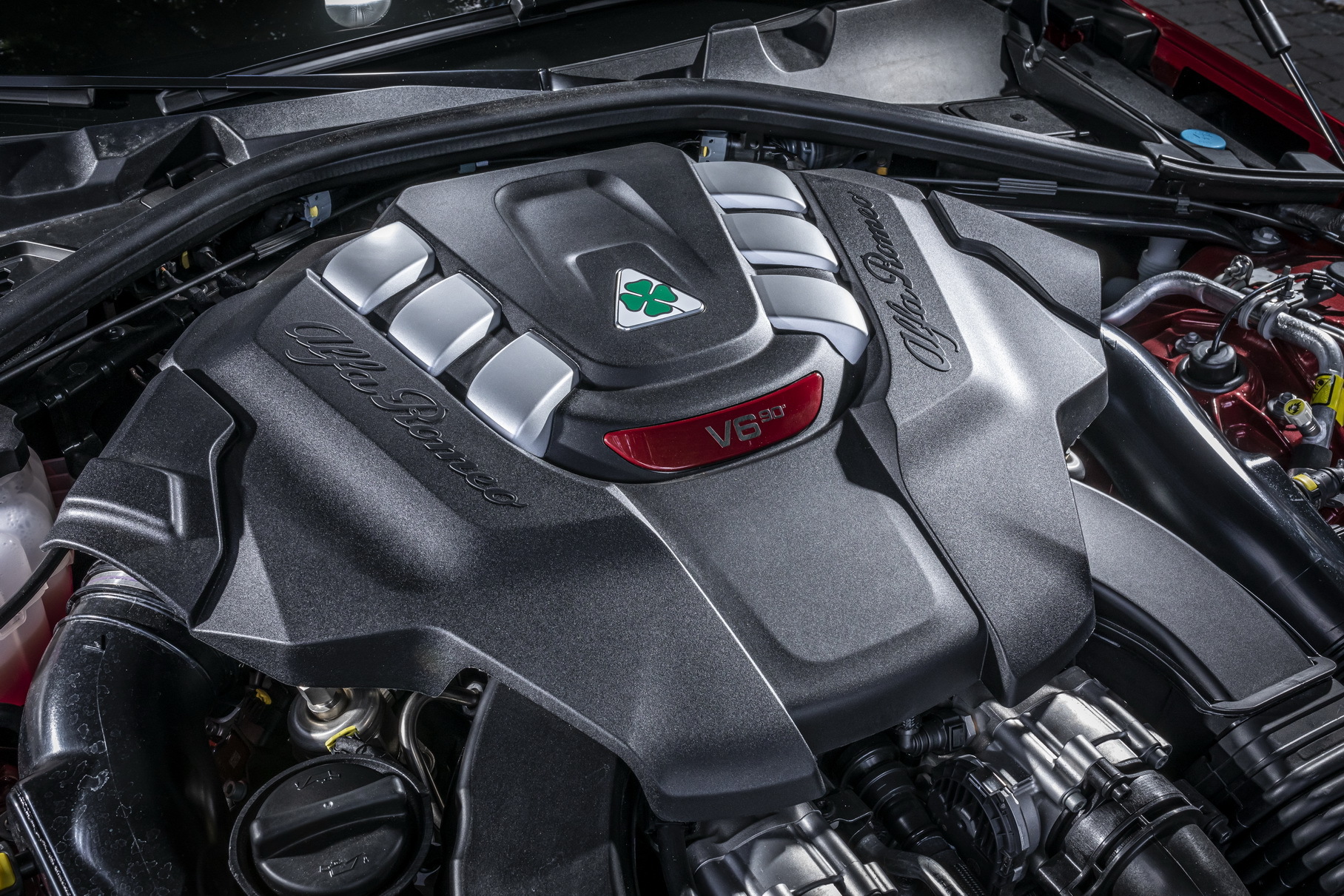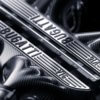The Italian brand’s CEO Jean-Philippe Imparato confirmed to Autocar magazine that the flagship twin-turbocharged unit will remain in the range and will be used in new products. The top manager hinted that the Euro 7 rules turned out to be more lenient than initially expected, so the V6 will be able to be adapted to the emissions standard that will come into force in 2025.
Currently, the Alfa Romeo V6 engine is installed in the Giulia sedans, Stelvio crossovers and the 33 Stradale supercar. It is not specified which models with twin-turbo six Alfa Romeo will offer in the future, but in the second half of the decade both Giulia and Stelvio should move into a new generation. The architecture of Alfa Romeo’s 2.9-liter V6 is similar to Maserati’s 3.0-liter V6.
Automakers will be able to retain gasoline engines because emissions rules for passenger cars and light commercial vehicles will remain essentially unchanged. The European Commission agreed to a compromise, so that the tightening of environmental standards will only affect trucks and buses. The head of Renault, Luca de Meo, does not support the easing of Euro 7 economic standards: the top manager believes that the innovation delays the transition of automakers to all-electric models.
However, from 2035 the European Union expects to ban new cars with internal combustion engines, and delays for this bill have not yet been agreed upon. In anticipation of Euro 7, the line of fuel models was noticeably reduced: Volkswagen and Mercedes-Benz abandoned the “mechanics”, and Ford retired the Fiesta.
The fastest Alfa Romeos







